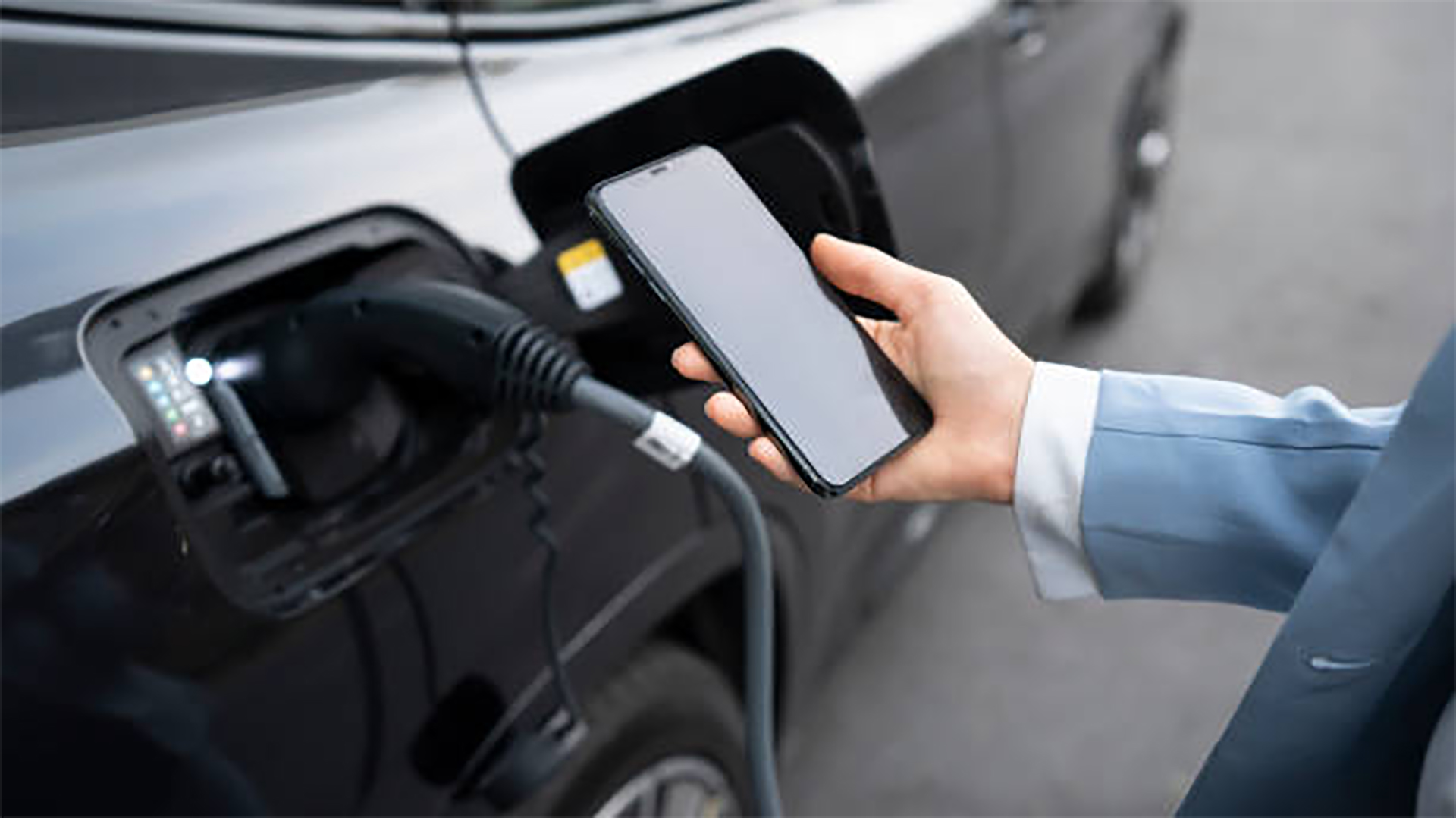Automotive Breakthroughs: The Role of Battery Intelligence in Business Innovation
Automotive Breakthroughs: The Role of Battery Intelligence in Business Innovation
Technological improvements that foster innovation, efficiency, and sustainability is frequently the source of breakthroughs in the automobile sector. Among them, the introduction of battery intelligence has proven to be a game changer, transforming the electric vehicle (EV) sector and redefining business models and tactics throughout the automotive spectrum. Let us investigate the role of battery intelligence in fostering commercial innovation in the automobile industry.
Battery intelligence and the electric revolution
The transition to electric cars has been a focus point in the automobile industry’s search for more environmentally friendly and sustainable transportation alternatives. Technological developments in batteries, notably the rise of battery intelligence, support this transformation. The integration of smart sensors, software algorithms, and data analytics to improve the performance, efficiency, and longevity of automobile batteries is referred to as battery intelligence.
What are the current leading EV battery technologies, and what innovations lie ahead
Battery technology is the new focus for firms trying to meet global electric vehicle demand. Current EV batteries are mostly lithium-ion and lithium-iron-phosphate (LFP). They have pros and cons in diversity, material prices, and more. Tesla utilizes lithium-ion and LFP batteries. Emerging rival BYD uses LFP batteries.
Automobile and battery makers spend heavily on cheaper, denser, lighter batteries. The new technologies are expansive. Some tweak old battery chemistry for gradual improvements. Others change battery form factor or assembly to increase performance or cost. Chemistry is expected to undergo radical changes and other modifications.
General Motors changed the lithium-ion chemistry of its next-generation Ultium batteries to cut costs. The 4680 battery cell from Tesla is touted to save money and provide other benefits due to its bigger size and advanced engineering. The world’s largest battery maker, China’s CATL, touts even more significant improvements for its new Kirin battery, mainly owing to cell pack assembly.
The most innovative battery innovations often come from several sources. CATL develops sodium-ion batteries. Solid-state batteries are possible substitutes for lithium-ion cells and sodium-ion. Startups creating solid-state batteries call lithium-ion a legacy technology that has hit energy density limits as performance demands rise.
Toyota Motor, QuantumScape, SES, and SolidPower are developing solid-state batteries. However, technological issues prevent both battery kinds from changing the game.
Battery intelligence resolving difficulties
Electric vehicles are no longer alternatives; they are becoming the norm as governments worldwide tighten emission regulations and consumers seek eco-friendly vehicles. The intelligence of batteries plays a crucial role in accelerating this transition by addressing two significant obstacles: range anxiety and charging infrastructure.
Improved range and performance
The dread of running out of battery power before reaching a destination is one of the primary obstacles to the widespread adoption of EVs. This concern is mitigated by battery intelligence, which optimizes battery usage, extends range, and provides accurate real-time range estimates. Smart sensors help computers forecast battery performance and maximize power distribution by monitoring temperature, driving patterns, and terrain. This reduces energy waste and increases the overall efficacy of the vehicle.
Optimized infrastructure for charging
Effective charging infrastructure is essential for the widespread proliferation of EVs. Intelligent batteries contribute to this by facilitating smart charging solutions. Data analysis allows EVs to connect with charging stations to identify the best charging rate based on battery health, temperature, and driving schedule. This two-way communication between automobiles and charging infrastructure speeds up charging, decreases wait times and reduces grid stress.
Innovation in business through battery intelligence
Beyond augmenting EV performance, battery intelligence reshapes how automotive businesses operate, innovate, and remain competitive.
1. New revenue sources
Intelligent battery technology opens the door to innovative revenue models. Companies like Elysia offer battery monitoring services, remote diagnostics, and predictive maintenance by combining AI, electrochemistry, and real-world battery systems. This generates consistent revenue and fosters consumer loyalty by providing EV owners with personalized service. In addition to partnering with third-party service providers or providing insights to urban planners and policymakers, manufacturers monetize data collected from intelligent batteries.
2. Improved product development
The overall value proposition of vehicles is enhanced by incorporating battery intelligence into product development. While maintaining the intended range, manufacturers design EVs with smaller battery cells, reducing costs and material consumption. In addition, the ability to collect real-world data on battery performance results in iterative enhancements to future vehicle models. This continuous design process produces more reliable and optimized products based on actual utilization data.
3. Brand image and sustainability
Sustainability has become a determining factor in consumer decisions. Automotive firms reduce carbon footprints by investing in battery intelligence. This attracts environmentally sensitive customers and boosts the brand’s reputation as a responsible, forward-thinking company. Positive brand perception is correlated with consumer loyalty and a market advantage.
4. Data-driven decisions
Batteries produce a plethora of data that guides organizational strategy. Data-driven insights clarify consumer behavior, vehicle performance, and market trends from R&D through marketing. This leads to informed decisions regarding product launches, pricing strategies, and expansion plans.
5. Interconnected ecosystems
The integration of battery intelligence promotes collaboration between various automotive ecosystem stakeholders. Manufacturers, energy corporations, and technology suppliers work together to develop standardized protocols for battery management, charging infrastructure, and data sharing. This collaborative strategy accelerates the adoption of EVs and fosters business expansion for all parties involved.
Challenges and future prospects
Although electrochemical intelligence has enormous potential, it has obstacles. Due to the sensitive nature of the information gathered from vehicles, privacy and security concerns arise. Another obstacle requiring industry-wide cooperation is the standardization of protocols across diverse manufacturers and models.
The outlook for electrochemical intelligence in the future is optimistic. As technology advances, the cost of incorporating intelligent sensors and data analytics will decrease, making them accessible to a broader spectrum of vehicles.
Integrating battery intelligence revolutionizes the EV sector and business strategies
Battery intelligence has transformed vehicle design, operation, and marketing in the automobile industry, driving corporate innovation. As firms leverage battery intelligence, opportunities exist to produce more efficient, sustainable, and customer-centric vehicle solutions.













